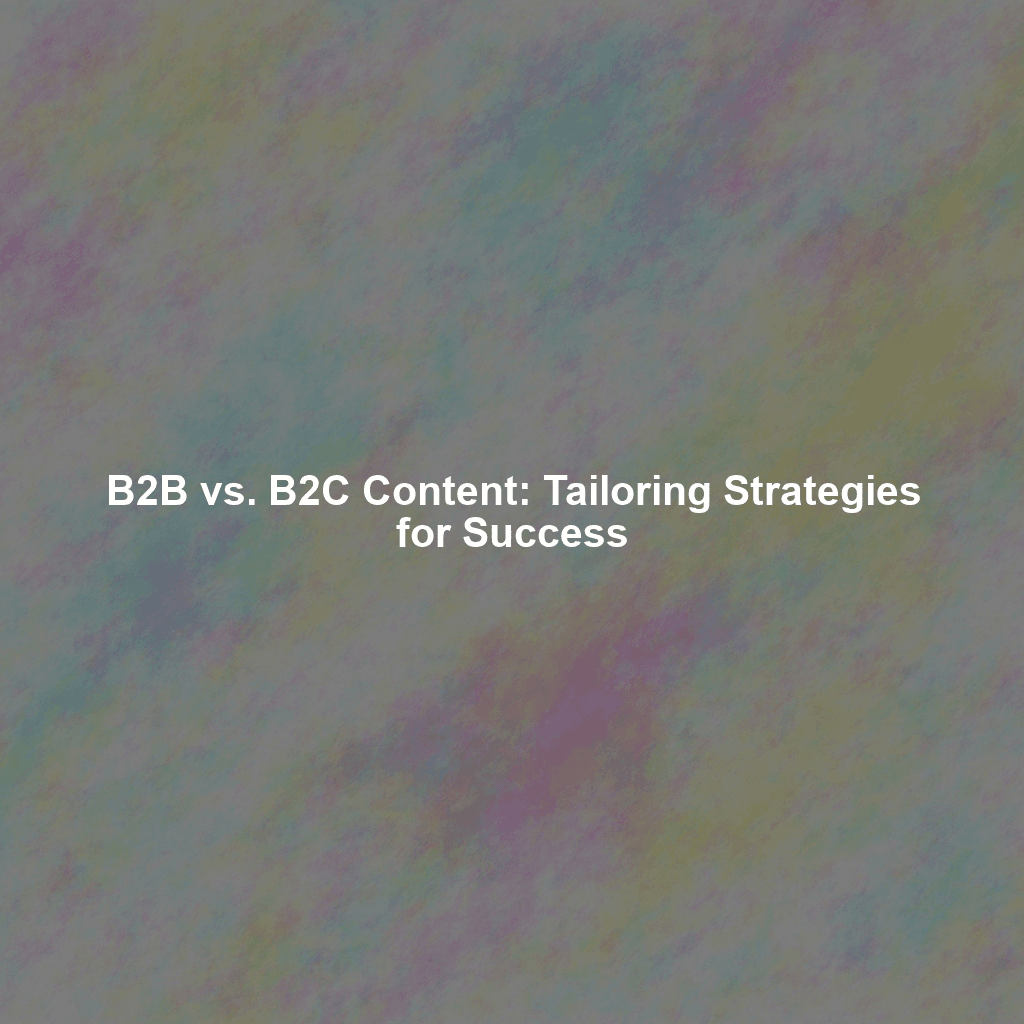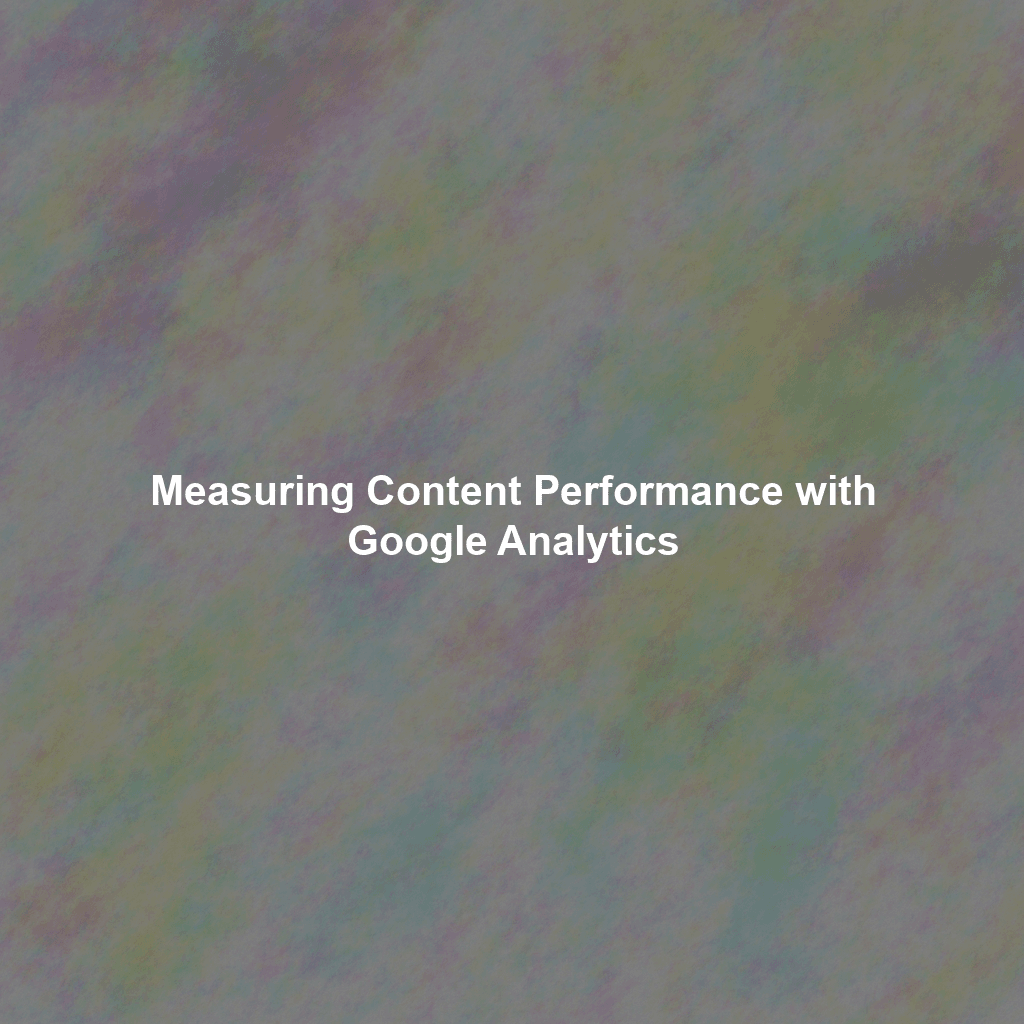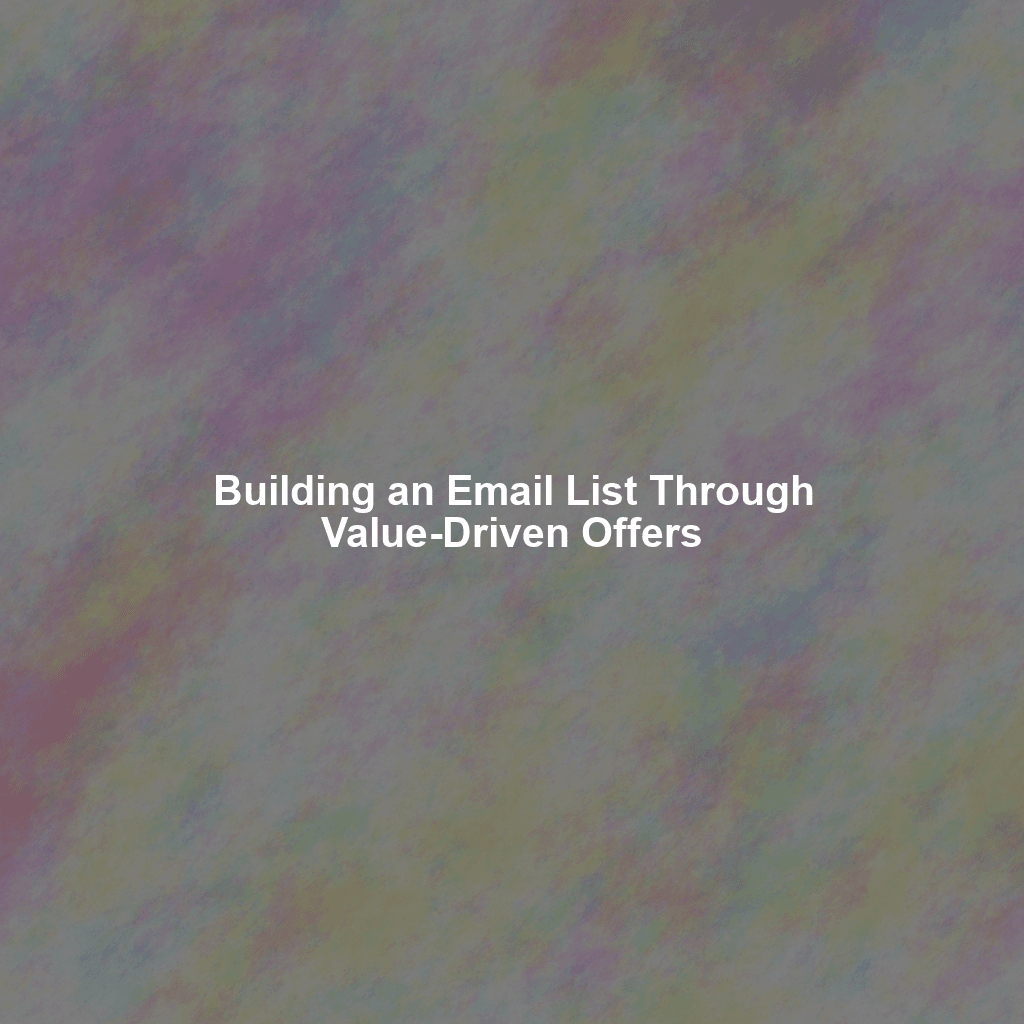Decoding the Divide: Content Marketing for B2B vs. B2C
Understanding Your Audience: The Foundation of Effective Content
Before diving into specific tactics, it’s essential to understand the core differences between B2B and B2C audiences. B2B buyers are typically purchasing products or services for their organizations, involving multiple stakeholders and a longer, more complex decision-making process. B2C buyers, on the other hand, are individuals making purchases for personal use, often driven by emotion and immediate needs.
B2B Audience:
- Driven by Logic and ROI: B2B buyers are primarily focused on tangible benefits like increased efficiency, cost savings, and revenue generation. They need data, case studies, and quantifiable results to justify their decisions.
- Involved in a Complex Buying Process: Multiple individuals, including executives, managers, and technical staff, may be involved in the decision-making process. Content must address the concerns and needs of each stakeholder.
- Seeking Expertise and Authority: B2B buyers value expertise and thought leadership. They want to work with companies that demonstrate a deep understanding of their industry and challenges.
- Longer Sales Cycles: The B2B sales cycle is typically longer than the B2C cycle, requiring sustained engagement and nurturing.
B2C Audience:
- Driven by Emotion and Personal Needs: B2C buyers are often motivated by emotions, desires, and immediate needs. Content that evokes feelings, tells a story, and connects on a personal level is more effective.
- Simpler Buying Process: The B2C buying process is generally simpler and involves fewer decision-makers.
- Seeking Entertainment and Value: B2C buyers often look for entertainment, convenience, and value for their money.
- Shorter Sales Cycles: B2C sales cycles are typically shorter, often driven by impulse purchases and immediate gratification.
B2B Content Marketing Strategies: Focus on Value and Expertise
B2B content marketing should prioritize providing valuable, informative, and authoritative content that addresses the specific challenges and needs of your target audience. The goal is to establish your company as a trusted advisor and thought leader in your industry.
Key B2B Content Formats:
- White Papers and Ebooks: In-depth guides that provide comprehensive information on a specific topic. Excellent for lead generation and establishing authority.
- Case Studies: Real-world examples of how your products or services have helped other businesses achieve success. Highly persuasive for demonstrating value and ROI.
- Blog Posts: Regularly updated articles that cover industry news, trends, and best practices. Drive traffic to your website and establish thought leadership.
- Webinars and Online Events: Interactive sessions that provide valuable insights and allow for direct engagement with your audience. Excellent for lead generation and building relationships.
- Infographics: Visually appealing presentations of data and information. Easily shareable and effective for conveying complex concepts in a concise manner.
B2B Content Distribution Channels:
- LinkedIn: The leading social media platform for B2B networking and content sharing.
- Email Marketing: A powerful tool for nurturing leads and delivering targeted content.
- Industry Publications and Websites: Guest posting and content syndication can reach a wider audience and establish credibility.
- Search Engine Optimization (SEO): Optimizing your content for relevant keywords to improve search engine rankings.
- Paid Advertising (LinkedIn Ads, Google Ads): Targeted advertising campaigns to reach specific demographics and interests.
B2B Content Marketing Best Practices:
- Focus on Solving Problems: Address the pain points and challenges of your target audience.
- Provide Data and Evidence: Back up your claims with research, statistics, and case studies.
- Use Clear and Concise Language: Avoid jargon and technical terms that may confuse your audience.
- Optimize for SEO: Use relevant keywords to improve search engine rankings.
- Promote Your Content: Share your content on social media, email, and other channels.
- Measure Your Results: Track your key metrics, such as website traffic, leads generated, and conversion rates.
B2C Content Marketing Strategies: Focus on Emotion and Engagement
B2C content marketing focuses on creating engaging and entertaining content that connects with consumers on a personal level. The goal is to build brand awareness, drive traffic to your website, and ultimately increase sales.
Key B2C Content Formats:
- Social Media Posts: Engaging content designed to capture attention and drive interaction on platforms like Facebook, Instagram, and TikTok.
- Videos: Visually appealing content that can convey information, tell stories, and evoke emotions.
- Blog Posts: Informative and entertaining articles that cover topics relevant to your target audience’s interests.
- Interactive Content: Quizzes, polls, and contests that encourage engagement and participation.
- User-Generated Content: Content created by your customers, such as reviews, testimonials, and photos.
B2C Content Distribution Channels:
- Social Media Platforms: Facebook, Instagram, Twitter, TikTok, and other platforms relevant to your target audience.
- Email Marketing: Delivering personalized messages and promotions to subscribers.
- Search Engine Optimization (SEO): Optimizing your content for relevant keywords to improve search engine rankings.
- Paid Advertising (Facebook Ads, Instagram Ads, Google Ads): Targeted advertising campaigns to reach specific demographics and interests.
- Influencer Marketing: Partnering with influencers to promote your products or services to their followers.
B2C Content Marketing Best Practices:
- Know Your Audience: Understand their interests, needs, and preferences.
- Create Engaging Content: Use visuals, storytelling, and humor to capture attention.
- Be Authentic: Connect with your audience on a personal level.
- Encourage Interaction: Ask questions, run polls, and respond to comments.
- Optimize for Mobile: Ensure your content is easily accessible on mobile devices.
- Measure Your Results: Track your key metrics, such as engagement, reach, and conversions.
Comparing B2B and B2C Content Marketing: A Side-by-Side Look
To further illustrate the differences, let’s compare key aspects of B2B and B2C content marketing side-by-side:
| Feature | B2B Content Marketing | B2C Content Marketing |
|---|---|---|
| Goal | Generate leads, build thought leadership, nurture relationships | Build brand awareness, drive traffic, increase sales |
| Audience | Businesses, professionals, decision-makers | Consumers, individuals |
| Content Focus | Value, expertise, data, ROI | Emotion, entertainment, personal connection |
| Tone | Professional, informative, authoritative | Friendly, engaging, relatable |
| Content Formats | White papers, case studies, blog posts, webinars | Social media posts, videos, blog posts, interactive content |
| Distribution Channels | LinkedIn, email, industry publications, SEO | Social media, email, SEO, paid advertising, influencer marketing |
| Metrics | Leads generated, website traffic, conversion rates | Engagement, reach, brand awareness, sales |
| Sales Cycle | Longer | Shorter |
Bridging the Gap: When B2B and B2C Strategies Converge
While distinct, B2B and B2C content marketing strategies can sometimes overlap. For example, a B2B company might use social media to build brand awareness and engage with potential customers on a more personal level. Similarly, a B2C company might use white papers or ebooks to provide more in-depth information about its products or services.
The key is to understand your target audience and tailor your content accordingly. Even if you’re primarily a B2B company, consider incorporating elements of B2C content marketing to humanize your brand and build stronger relationships with your customers. Conversely, B2C brands can benefit from providing educational resources and demonstrating expertise to build trust and credibility.
Conclusion: Mastering the Art of Targeted Content
Content marketing is a powerful tool for both B2B and B2C businesses, but success hinges on understanding the unique needs and preferences of your target audience. By focusing on providing value, building relationships, and delivering the right content through the right channels, you can create effective content marketing strategies that drive results and achieve your business goals. Whether you are focusing on ROI for a corporate client or providing an entertaining experience for individual consumers, the most successful content marketers know their audience inside and out and continually adapt to meet their evolving needs.
 Skip to content
Skip to content

